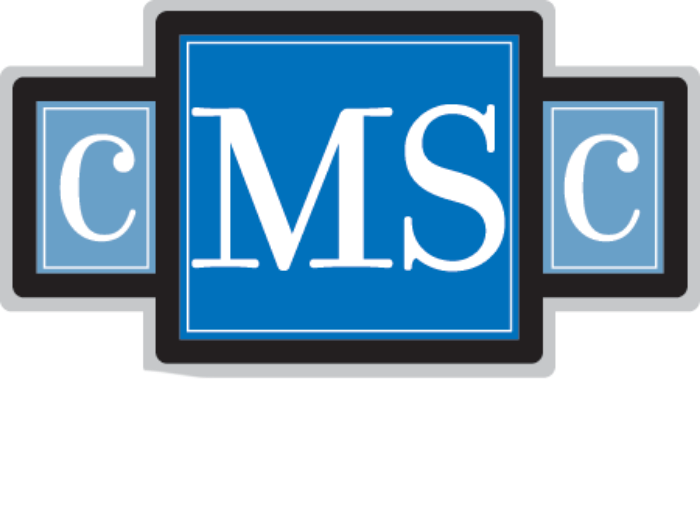Practice Points
- Multiple sclerosis is associated with an overall decrease in olfaction.
- Odor threshold, or ability to detect an odor, declines and improves with disease activity as measured by clinical markers of acute inflammation.
- Odor discrimination and identification are decreased in patients with more progressive disease as measured by plaque burden, disability, and neurodegeneration.
Multiple sclerosis (MS) is an autoimmune, neurologic, degenerative disease that is associated with olfactory dysfunction (OD).1 Many sources have investigated the connection between olfaction and MS using metrics such as the University of Pennsylvania Smell Identification Test (UPSIT)1,2 and the Connecticut Chemosensory Clinical Research Center olfactory test3 to better understand the extent of the deficit. Studies usually compare olfaction in patients with MS vs controls or between patients with MS with different disease durations. Although these studies do connect MS and OD, most do so only via cross-sectional methods. Because MS is a disease with multiple progressive patterns—relapsing-remitting (RRMS), primary progressive, and secondary progressive4—the level of OD can be drastically different over time. For example, patients with early-stage MS can have minimal to no loss of olfactory identification or discrimination.5 Identifying studies that use longitudinal methods of tracking olfaction will not only provide more clarity about the progression of OD but may also reveal a connection between the pattern of OD and various MS biomarkers, such as plaque burden. There may also be a place for olfaction in disease detection and surveillance. Olfactory testing is simple, inexpensive, and can be performed during a normal clinic visit.6 Olfactory monitoring in patients with MS could serve as a useful marker for early intervention, tracking progression, and response to therapy.
Methods
This scoping review was conducted in accordance with Preferred Reporting Items for Systematic Reviews and Meta-analysis (PRISMA) and Meta-analysis of Observational Studies in Epidemiology (MOOSE) guidelines. As a scoping review, it was not eligible for registration on PROSPERO, an international prospective register of systematic reviews. The purpose of this scoping review was to evaluate the current literature base rather than to collect and analyze the data from these sources.
Eligibility Criteria
Studies were eligible if they were longitudinal in design with the primary discussion involving OD and diagnosis of MS (Figure S1, available online at IJMSC.org).
Data Collection
Data extraction was performed by 2 authors (L.L.T., R.S.) using the databases and search terms listed in Table S1. A shared EndNote database was used to manage the citations. All disagreements were discussed between the 2 authors to arrive at a consensus. Data collected included author, year, journal, title, abstract. After the citations were filtered, they received a full-text review.
Results
The initial search identified 6938 published manuscripts. After duplicates were removed, 5170 manuscripts remained. After titles and abstracts were reviewed, 9 studies met the inclusion criteria and underwent full-text review. The 9 studies observed patients with MS at varying stages over a longitudinal time frame, from 24 weeks to 10 years. Olfactory function was measured in 6 studies using the Sniffin’ Sticks protocol, in 1 study using the UPSIT, and in 1 study using the Brief Smell Identification Test. A ninth study monitored brain activity during olfaction to measure function. Specific study qualities are listed in Table S2. Note that of the 9 selected studies, the 5 authored by Bsteh included patients from a single study group.
Many of the studies correlated these results with clinical markers such as Expanded Disability Status Scale score, serum neurofilament light chain (sNfL) level, disease duration, and death, which are presented in Table S3.
MS and OD
Participants in the study by Bsteh et al7 exhibited lower scores in all measures of olfaction/olfactory function (threshold, discrimination, and identification) at every point compared with controls. The difference between discrimination (−0.5; IQR, −1.0, 0.0; P = .43) and identification (−1.0; IQR, −1.5, −0.5; P = .002) scores from baseline to year 3 showed significant decay. Threshold scores did not decline with increased duration of disease. The evolution of scores between patients and controls is presented in the Figure.
Two studies used neurologic imaging to investigate olfaction.8,9 In both instances, olfaction was consistently impaired in patients with a more severe degree of change on imaging. Specific findings are listed in Table 1. Of note, threshold scores were not affected by changes seen on MRI.
Brain activity relating to olfaction was measured using evoked potentials (olfactory event-related potentials [OERPs]) in individuals with disease vs controls.10 As seen in Table 1, a blunted degree of brain activity at baseline was predictive of a higher number of relapses and furthered disability in those with RRMS. Only 1 group of patients with RRMS had stable, albeit decreased, levels of olfaction over the course of 3 years.11
Relapsing-Remitting MS
Two studies of individuals with only RRMS looked at markers of acute inflammation, presence of acute relapse, and increased retinal inner nuclear layer thickness to track disease activity against olfaction.12 13 Both inflammatory markers dynamically correlated with threshold score (Table 1).
Another clinical marker—sNfL level, a marker of axonal injury—measured higher in individuals with RRMS than in controls. Those with a sustained increase in sNfL measurements displayed a significantly steeper decline in discrimination and identification scores from baseline.14
Progressive MS
Only 1 study investigated olfaction in people with progressive MS using degree of disability and length of life.15 A more severe loss of olfaction correlated with increased disability over time, as measured using the Multiple Sclerosis Severity Score and the Age-Related Multiple Sclerosis Severity Score. Impaired baseline olfaction scores were also correlated with higher rates of death in those with progressive MS after 10 years (Table 1).
Discussion
This scoping review sought to identify, review, and interpret the emerging literature on the longitudinal implications of MS on olfaction. A previous meta-analysis described the association between MS and OD with a pooled prevalence of 27.2%.16 Although beneficial, cross-sectional studies are limited to illustrating a snapshot of olfaction in an unstable disease course. A need for larger, longitudinal studies to delineate this relationship led to a recent increase in prospective studies. This review included 9 studies, with 8 occurring in the past 5 years, that measured olfaction in people with MS at multiple points in time.
Two main patterns were identified from the literature: (1) Clinical markers of short-term inflammation, as measured by the presence of relapse and thickened retinal nerve fiber layer, correlated most with an increased odor threshold in people with MS and, in contrast, (2) clinical markers of neurodegeneration, or axonal injury as measured by the sNfL level, correlated most with a decreased ability to discriminate and identify odors. Table 1 summarizes these findings.
Odor threshold has been used in multiple validated olfactory tests, such as Sniffin’ Sticks.17 To test threshold, butanol is presented to subjects at varying dilutions, with higher scores indicating identification at lower concentrations. The relationship between decreased odor threshold scores and increased inflammatory processes in people with acute, early-stage MS has been demonstrated in cross-sectional research.18 A similar correlation was supported in the selected longitudinal studies9,11; however, the longitudinal findings suggest that threshold may play a more fluid role in early disease. The decline and subsequent improvement of threshold scores mirrored that of acute relapse with gradual incomplete recovery. Other clinical markers of relapse and inflammation, such as development of plaques on MRI and inner nuclear layer thickness, also correlated with the threshold’s fluctuation.9 13 Because odor threshold seems to follow the relapsing and remitting nature of disease symptoms, it could potentially be used to monitor occurrence of relapse.
Akin to odor threshold, discrimination and identification are commonly used in olfactory testing, with identification, such as the UPSIT,19 being included by most testing arrays used in the selected studies. Cross-sectionally, lower discrimination and identification scores have been correlated with lower Expanded Disability Status Scale and quality of life scores, as well as higher plaque burden.7 By viewing these qualities of olfaction longitudinally, the reviewed studies demonstrated a correlation between disease progression and decreased discrimination and identification scores. Disease progression was denoted in the reviewed studies through gray matter atrophy and a sustained increase in sNfL level, indicating axonal injury.
Discrimination and identification are important components in what has previously been described as an odor object. Odor objects are created in the piriform cortex through its direct communication with the olfactory bulb. These objects are unique and allow the brain to both identify and discriminate between specific odors.20 Coincidentally, the piriform cortex lies between the insula and the amygdala, areas where increased demyelination in people with MS is often noted.21
This finding suggests that, unlike threshold, decreased discrimination and identification are more permanent changes and may relate to lasting neuronal damage. In addition, the presence of lowered discrimination and identification scores at baseline was associated with worse outcomes at study conclusion, including increased frequency of relapse, greater disability, and a higher risk ratio of death in those with more progressive disease. Discrimination and identification scores may correlate with these biomarkers due to the possible association between odor discrimination and identification and the presence of demyelination in the piriform cortex’s adjacent structures. Future research should investigate this relationship further.
With the predictive value of these scores, there is potential clinical benefit to the early measurement of discrimination, identification, and absence of OERP. In the study by Comi et al,22 patients with a neurologic event and clinical and MRI evidence suggesting the presence of MS were administered interferon beta within 3 months. Early administration of interferon beta correlated with lower rates of acute relapse, decreased plaque burden, and longer time before clinically definite disease.22 The olfaction tests used to measure discrimination, identification, and OERP could serve as an additional test alongside clinical symptoms and MRI to identify those at risk for future disease who could benefit from early treatment. In addition, they could be used to help signal evidence of new breakthrough disease that might require treatment change. These tests have the advantage of being simple, inexpensive, and able to be performed in the course of a normal clinic visit, and their results could help inform the need for more complex or expensive testing.
Note there was not an association between MS course and decline in threshold, discrimination, or identification scores in the 2017 study by Uecker et al.11 These results may have differed from the other studies secondary to a smaller sample size with a lower mean ± SD relapse rate of 0.3 ± 0.5 across 3 years. By mainly observing those with stable disease, they may have been less likely to observe the olfactory changes that we hypothesize to correlate with inflammatory activity and neurodegeneration.
Conclusions
The findings from the studies included in this review reinforce previous findings demonstrated in cross-sectional studies; however, these findings also build on the existing literature and demonstrate longitudinal olfactory patterns in the MS disease process. Although each study bore different results, 2 main patterns were apparent when comparing the data of all studies: (1) Clinical markers of acute inflammation correlated most with an increased odor threshold in people with MS and (2) clinical markers of neurodegeneration, or axonal loss, correlated most with a decreased ability to discriminate and identify odors. These findings suggest that there is a potential clinical benefit to using olfaction in the diagnostic and prognostic journey of this fluctuating, expensive, and challenging disease. Future research of olfaction alongside well-known clinical markers is needed to further understand the patterns discussed in this review and to identify and use olfactory testing as an important clinical marker in people with MS.
Todd Supplemental Tables










